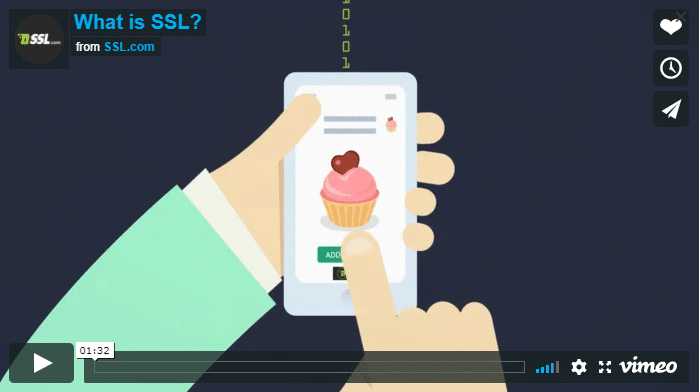Many of SSL.com’s customers have questions about code signing in Windows, especially in regard to signing kernel-mode drivers. This FAQ answers common questions developers may have about kernel-mode code signing in Windows.
An EV code signing certificate is required for kernel-mode code signing in Windows 10. For more information on code signing certificate validation levels and applications, please refer to our FAQ, Which Code Signing Certificate do I Need? EV or OV?
After acquiring an EV code signing certificate, your organization must register with the Windows Hardware Dev Center program. After you sign your driver with your EV certificate, it must be submitted for signing by Microsoft through the Hardware Dev Center. For complete information, please refer to Microsoft’s documentation:
• Get started with the hardware dashboard program
• Register for the Hardware Program
• Hardware Submissions
• Attestation signing a kernel driver for public release
There are several options for developers who need to install and test their driver before it is signed for release by Microsoft:
• Disable Kernel–Mode Checks: Microsoft provides detailed instructions for disabling signature checks on kernel-mode drivers during development and testing.
• Test Signing: You can have Microsoft test-sign your driver package by checking Perform test-signing for Win10 and above or Perform test-signing for OS below Win10 (legacy) in the hardware submission wizard. The test-signed file does not require HLK testing by Microsoft, and may only be run on test machines. Please see Microsoft’s hardware submission documentation for details on test signing.
• Flight Signing: Flight-signed drivers are signed with a Microsoft Developer Test certificate that is trusted on “insider” builds of Windows 10 RS2 and above. You can flight sign your driver by checking Perform flight signing only during the hardware submission process. Please see Microsoft’s hardware submission documentation for details on flight signing.
Yes. According to Microsoft’s documentation on Signing a Driver for Public Release, “Starting in Windows 10, you also need to submit any new Windows 10 kernel mode driver for digital signing on the Windows Hardware Developer Center Dashboard portal. Both kernel and user mode driver submissions must have a valid Extended Validation (“EV”) Code Signing Certificate.”





